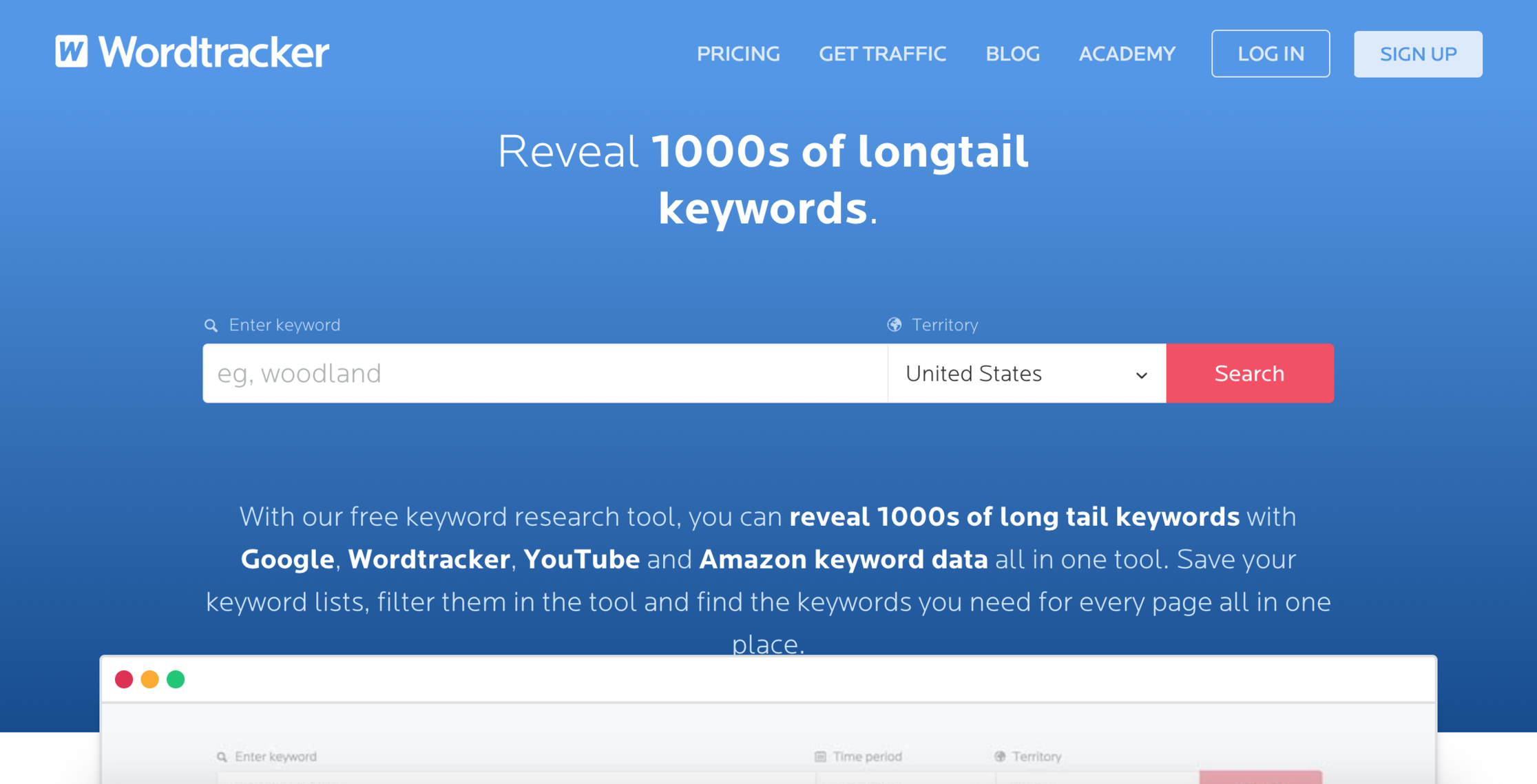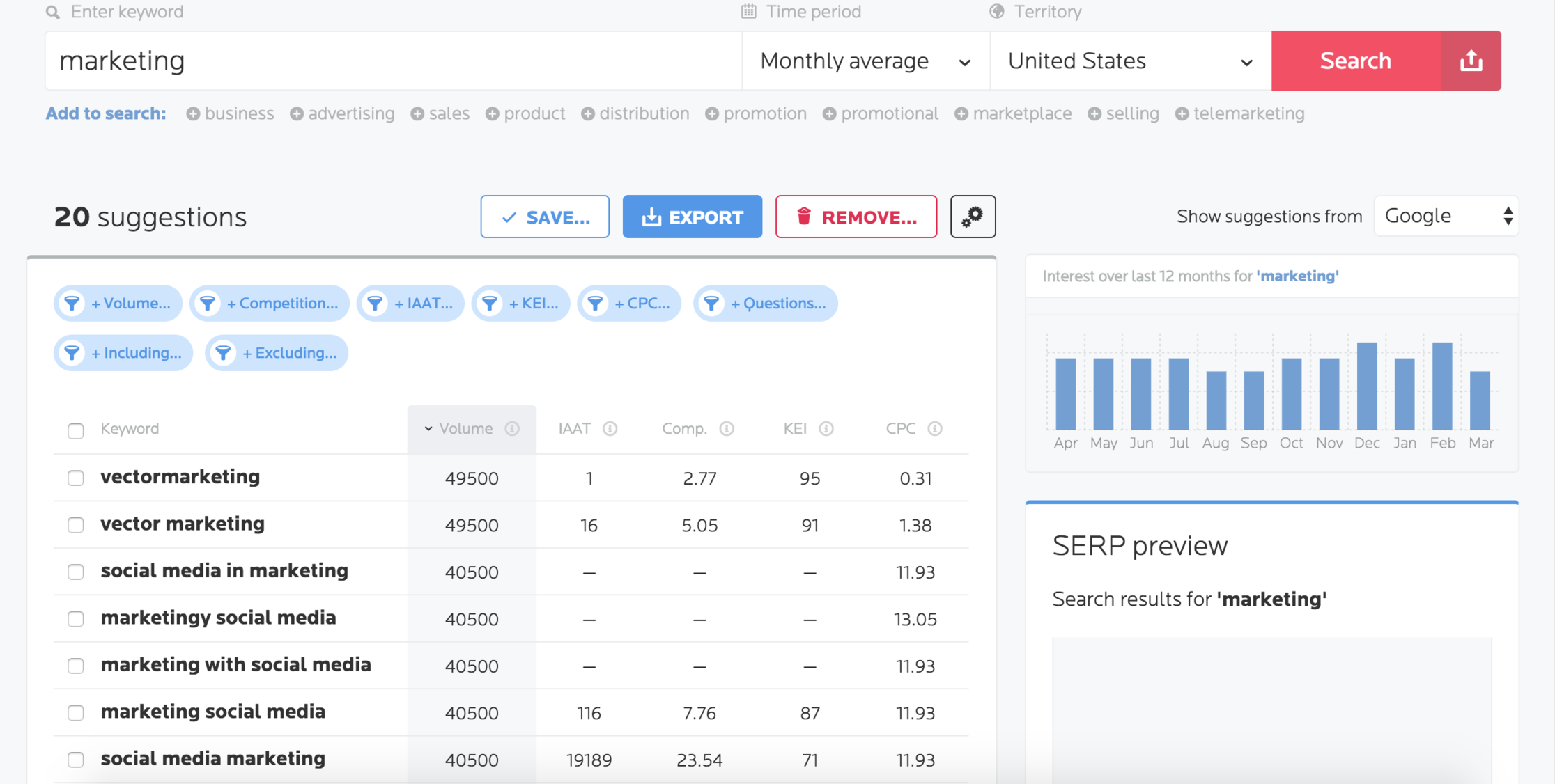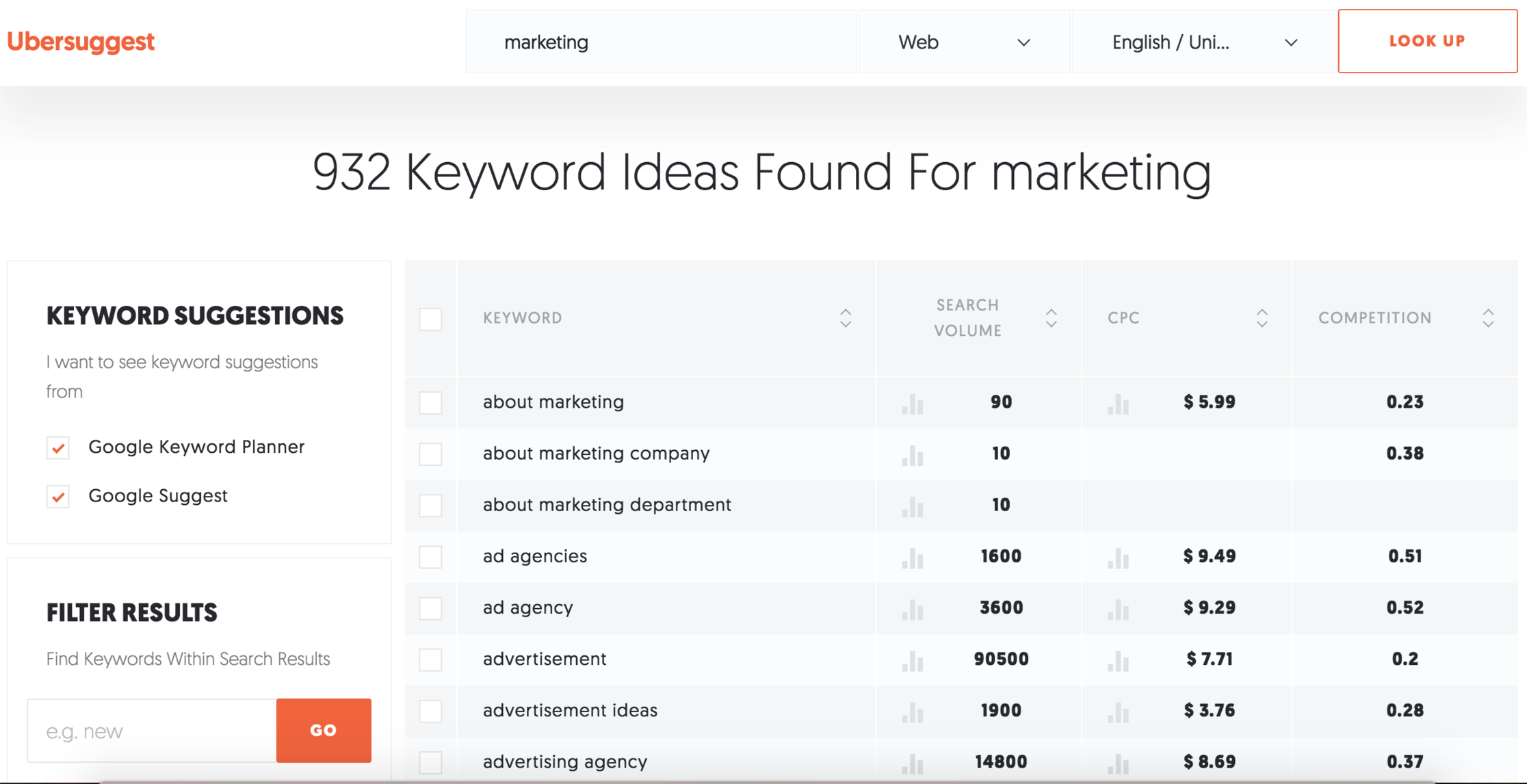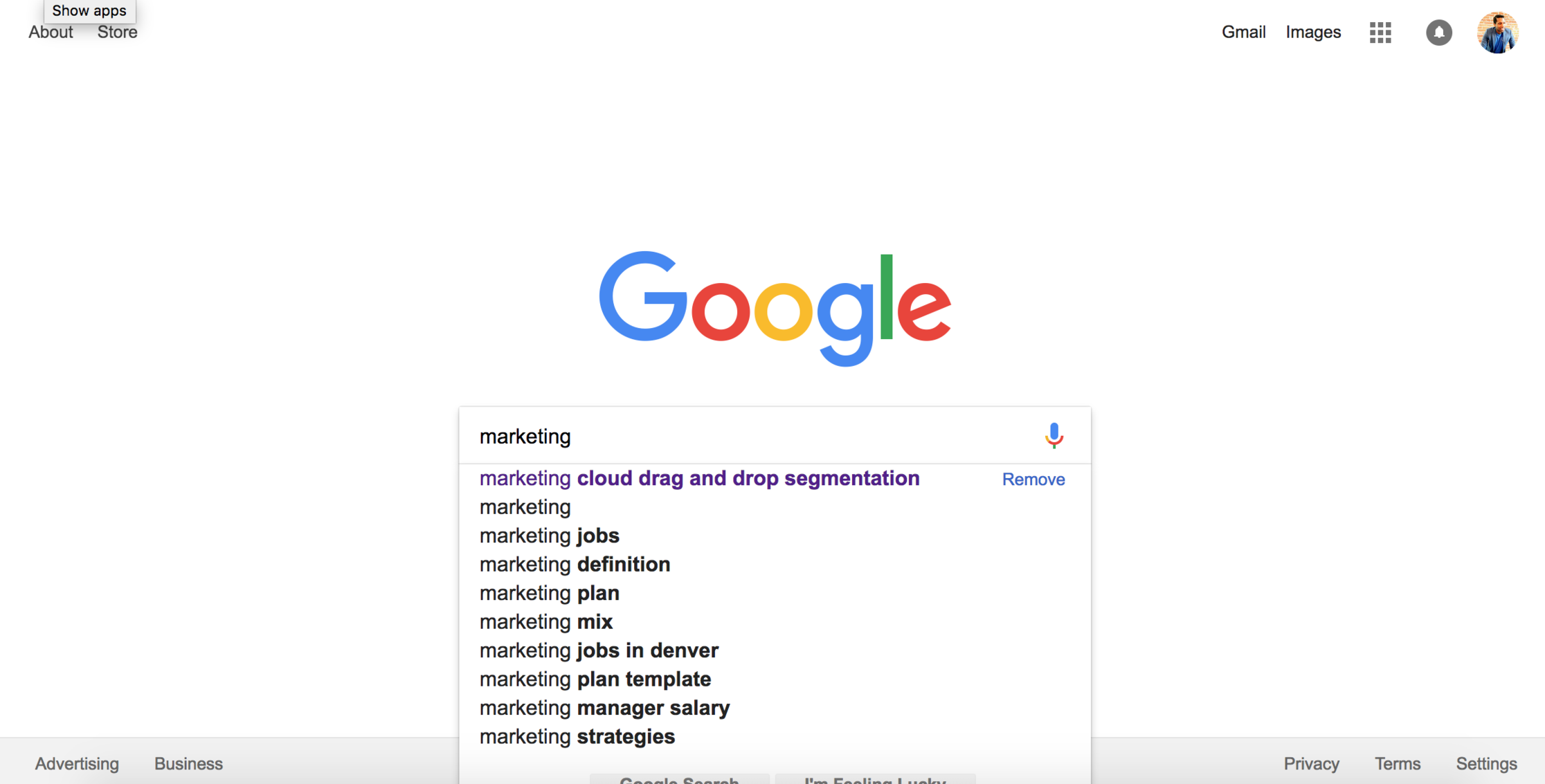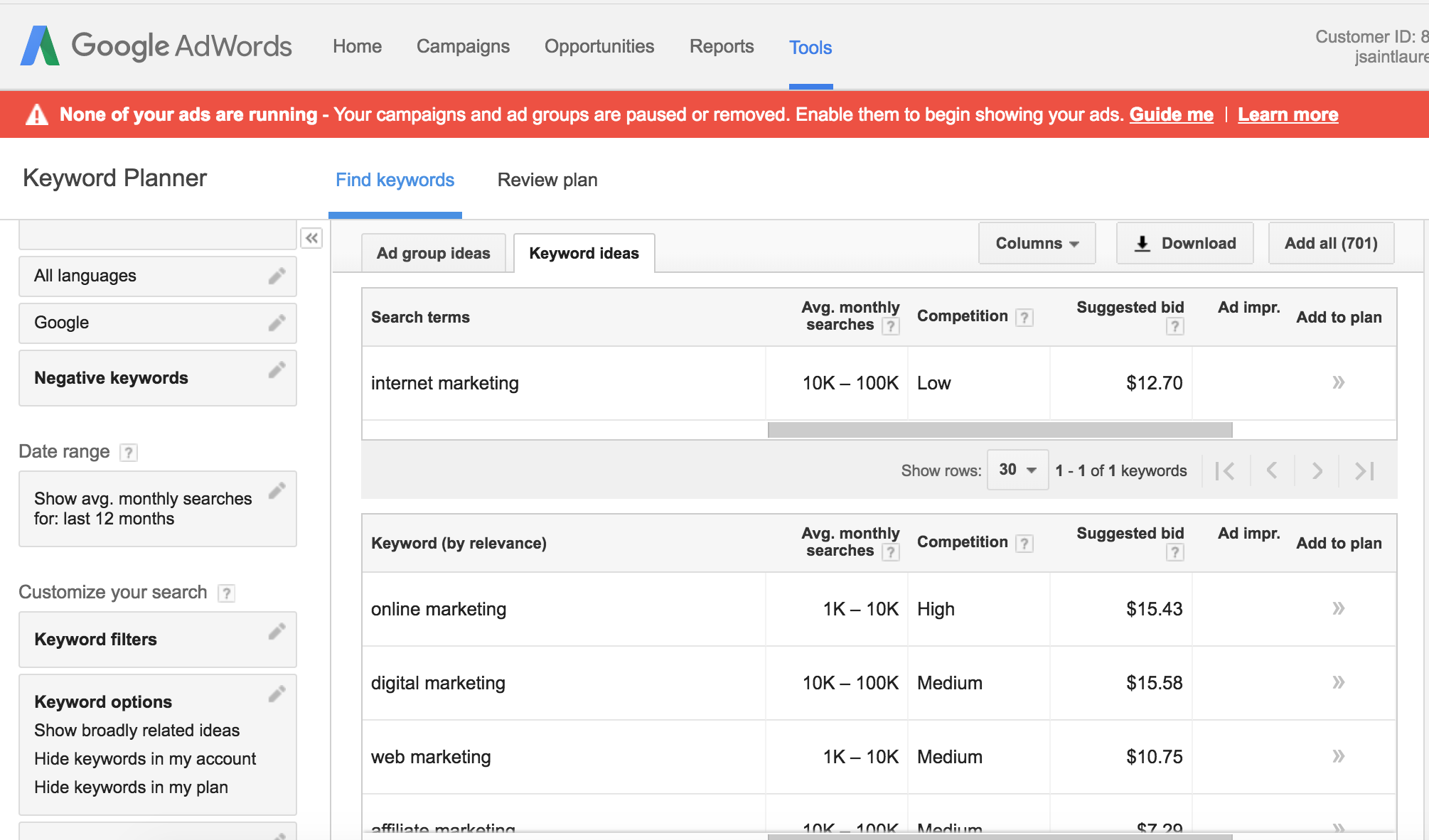
by Jean-Marc Saint Laurent | May 28, 2018 | LinkedIn Lead Generation, Using LinkedIn for Sales
What we’re going to talk about is another important factor to getting found on LinkedIn and making a great impression when folks find you: The LinkedIn Profile Summary.
*Just so you know, this post comes with a free worksheet to help you go from Setup to Sales Call with LinkedIn. Get the accompanying worksheet here
Quickly, let’s do a little recap. In our last post we talked about keyword research. Now, why is that important? Because you’re going to be sticking those keywords into different spots of your profile. This includes your summary.
Let’s look at our LinkedIn perfect profile formula to make sure we’re on track.
PH + KRD + KRL + MI =Perfect Profile
As we’ve previously discussed:
The “PH” part right stands for your professional headshot, “KRD” is going to be your keyword rich descriptions. “KRL” is going to be your keyword rich lists and “MI” is going to be your media inserts-
Talking summaries, why do they matter?
First off, a good friend, who often works with me, told me he was able to build his current six figure business through the strength of his LinkedIn profile alone. He never did any marketing. That convinced me my LinkedIn pursuits were worth while.
To follow that, they’re going to be the first impressions your talent trio has of you. Let’s look into how that summary is built. LinkedIn summaries are going to have three general parts:
- Our lead (the beginning of our profile)
- Why I’m awesome
- Our kicker (the end of our profile)
Writing Your LinkedIn Profile Summary Lead
When we’re writing our lead there are a few things it’s good to mention:
- What you do
- How long you have done it
- Accomplishments
- Awards
The top of your profile summary is, essentially, a condensed cover letter or one of those resume objectives you used to write. With most recruiters using LinkedIn to source quality talent, LinkedIn has become a modern resume of sorts.
That said, consider what The Balance Careers shares on why a resume profile matters:
A resume profile offers applicants a way to stand out among the hundreds of resumes that companies receive. Most employers spend only a few seconds looking at a resume, and much of this time is spent looking at the top half of a resume. Therefore, even if employers only read your profile (located directly beneath your heading and contact information), they will still have a clear idea of your unique qualifications.
In addition, your profile can include resume keywords that will help your application get picked up by the applicant tracking system that many companies use to screen applications for job openings.
An example profile summary may start like:
“Accomplished sales director with success in developing strategies that have generated 6- and 7-figure revenue growth.”
The opener here offers the reader a chance to see what this person, in this case, as sales director, can accomplish in the future.
Writing Your LinkedIn Profile Summary And Kicker
After writing my two sentences on why folks should care about who I am, I add in the ‘why I’m awesome part,’ which is a couple of bullet points. I like lists here because they allow us to take up a whole lot of space and show off the long list of things we rock at. I talk about what I’ve accomplished recently.
An example might read:
In the last 8 years, my recent accomplishments include:
• Building a network of sites helping telecommuters find jobs in 6 U.S cities.
• Growing readership of online magazines to 10K quarterly through social media and mobile web-focused content.
• Interviewing TV Hosts, White House Insiders and NYT Bestsellers for MSNBC.
• And refining marketing strategies for internet-based businesses using Google Analytics customized reports with a focus on leveraging organic search using relevant KPIs.
And the kicker needn’t be any different, just another list with the relevant keywords and phrases you found working through the last post.
The idea struck me after the 5th person expressed confusion as to what I’d accomplished at previous roles. These days, I’ll have it listed out, as it’s easier to rattle off…
An example:
SKILLS:
-Digital Marketing Strategy
-Wordpress
-Adobe Photoshop
-Marketing CTAs
-Brand Journalism
-Brand Storytelling
-Facebook App Set-up
-Twitter App Set-up
-Front End Design with Visual Composer
-Google Adsense
-Mobile Forms
-Google Analytics
-Raven SEO
-Wordstream Keywords
-Google Keyword Planner
-Long Tail Pro Training
-Copywriting
-Browser Notifications Set-up
-Mobile optimization
-PR/promotion
To get a handle on your own profile summary, go ahead and complete the worksheet that comes with this module because it’s going to help you dive deeper into understanding how to do that.
I guarantee the effort spent on crafting a profile worthy of you will pay off when it’s clear that it stands out.
In our next post, we’re going to talk about writing on jobs and accomplishments so you can develop your work story, so you can rise to your desired level of success.. See you soon.
*Just so you know, this post comes with a free worksheet to help you go from Setup to Sales Call with LinkedIn. Get the accompanying worksheet here
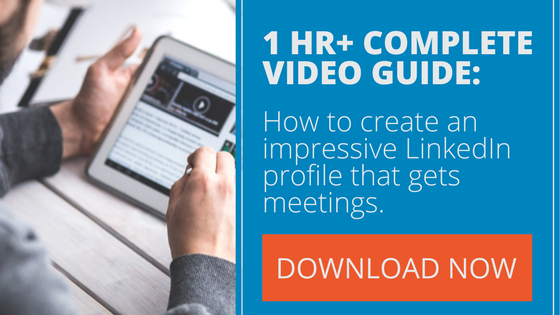

by Jean-Marc Saint Laurent | May 28, 2018 | LinkedIn Lead Generation, Using LinkedIn for Sales
I’m happy to have you here with me because we’re going to be talking about a very, very important topic that affects all of us, especially when it comes to LinkedIn, and that is LinkedIn keyword research.
*Just so you know, this post comes with a free worksheet to help you go from Setup to Sales Call with LinkedIn. Get the accompanying worksheet here
Just to recap, in the last post we were talking about setting up your profile and creating a professional picture. That is important because we don’t want to give a negative impression. We’re wanting people to think that we are these professional, awesome masters of the universe or what have you. In that vein, the keywords we use in our profiles are also going to help.
First, let’s look at our perfect profile formula again, it’s going to be:
PH + KRD + KRL + MI =Perfect Profile
Last post we explained:
The “PH” part right there just stands for your professional headshot, “KRD” is going to be your keyword rich descriptions. “KRL” is going to be your keyword rich lists and “MI” is going to be your media inserts–and that’s what creates a perfect profile.
Keyword research is what we need to accomplish the next part, which is going to take your profile from “I guess this person can kind of do what I think they can do” to “awesome and amazing.”
Think Like The People Searching For You
Typically, when people are sifting through profiles on Linkedin they are searching for something. We cannot always know what everyone on LinkedIn is up to but for our purposes let’s separate them into three types of people that are going to see our LinkedIn profiles.
The people that are going to see our profiles include our peers, VIPs and helpful third parties–our Talent Trio.

Our peers, we know, are the people that are doing the same sorts of work that we’re doing and they just want to:
- collaborate
- pool resources
- Connect for some general/vague benefit
They might be looking to join up to tackle a project or ask if you know of work opportunities they can tap into.

Third parties can be folks you weren’t necessarily connected with before but find out about you through some exposure or a shared connection. These folks are awesome because every time they connect with you it’s like a surprise. This happens as you grow your network, which is what this series is also going to help you do.

Now, for the people we all want, our VIPs. These “very important people” we want to connect with us will likely find us via LinkedIn searches–so we’ll need to show up. Using the search bar on LinkedIn’s main page, they are going to search for whatever they need. Your job (and my job) is to show up in that search bar. Again, that’s what makes our keyword research important.
LinkedIn Keyword Research Tools
So how do we find these great keywords?
Well, there are more than a few ways. The following are some fairly popular options I like to use.
WordTracker
Let’s start with our friend word tracker, which prides itself on being the number one keyword tool that reveals thousands of words that that Google Keyword Planner doesn’t.
Go to https://www.wordtracker.com/ or you can just search “wordtracker” using DuckDuckGo or your favorite search engine. It comes up pretty easy.
At the main page we just enter our keyword into the big search bar on the front page. Once we hit enter, it’s going to show us monthly averages according to our territory. So, if, for example, I type “marketing” and click search it returns some longer keywords, or the long tail– and that’s the trick.
Need an explanation of the long tail? Here’s the quick-and-dirty version…
The Long Tail: Getting The Basics
Here’s an example, you’ve probably experienced yourself:
Say you’re purchasing sneakers and you want to buy them off a site like Amazon or East Bay or Zappos, whatever. What are you going to search for? You’re not just going to search for “sneakers”. If you search that, you’ll get a whole bunch of stuff you don’t even want.
What you’re more likely to do is produce a long tail keyword. That’s where we get a little bit specific in our search by lengthening our keywords, something you (and I) do naturally. So, if you were looking for those sneakers, you might search “men’s running sneakers,” “men’s black running sneakers for inversion” or something like that. Super specific.
WordTracker (Cont’d)
Looking back on our wordtracker search, it brings up popular long tail keywords in my niche:
Internet marketing
Email marketing
Search engine marketing
Google search engine marketing
Affiliate marketing
Social media marketing
Stock marketing
You get the idea, we have all these words that will help generate some ideas for stuff that we can include in our profile: especially our keyword-rich lists and keyword-rich descriptions.
Ubersuggest
Another great site to find those keywords, is Ubersuggest.
Now Ubersuggest is going to work a little bit differently than wordtracker. They add a different word at the front of the word you’re searching corresponding with each letter of the alphabet. Let’s see how this works.
If I type in “marketing,” it will pair my search term, “marketing,” with the letters of the alphabet and see how those work together. So for example, for “A”, we’re going to see “marketing automation.” That’s a very good term that I know a lot of companies are searching and needing help with. So that’s a good one. “Marketing agency” is another one. I might include that word in my profile some day.
Some of them will work, some of them won’t.These terms are ideas of ways to differentiate what we’re saying and typing into our profiles.
Google Instant
Before I go to the adwords keyword tool, which you might be experienced with, let’s use a tool that you use all the time but aren’t paying attention to–that thing we take for granted called Google instant.
As you’ve likely seen a thousand times yourself, if I start typing my words here, it’s going to start giving me suggestions. Automatically, all these terms popup, “marketing plan template,” “marketing planning example,” “marketing jobs in Denver” and so on. All this stuff pops up the minute I start searching.
It’s as if Google is saying, “hey, are you searching for this because this is super popular.” Another method for finding keywords for our LinkedIn and help it stand out.
Google Keyword Planner
The last tool I’m going to show you–because there are dozens of them (including paid programs such as Raven SEO, Long Tail Pro)– is good old Google keyword planner.
*As long as we’re talking about paid keyword research tools: If you have the money to spend, my recommendation is Long Tail Pro. They also have a very useful blog where they cover a ton of SEO-related topics.
Once you click “tools” then click on “keyword planner.” (* Yes, I know my ads are paused. Thank you very much).
Back to KW Planner. One of the easiest things to do with keyword planner is to search for new keywords using a phrase website or category. We’re going to get some nice options here. It’s also going to give us the options for targeting languages. For our purposes, you can leave this untouched.
You don’t need to add negative keywords unless you really want to. Negative keywords are like making a request to Google saying, “don’t include these words.” For example, if you were searching for “sandwiches,” you might add a negative keyword of “earl” because you don’t want to learn about the Earl of Sandwich. Yes, I know random example, but let’s continue.
Because of our previous keyword research, I’ll enter “Internet marketing.” What sorts of ideas does it give me?
Internet marketing, getting about 1000 to 10,000 monthly searches
Affiliate marketing, getting about 10,000 to 200,000 monthly searches with medium competition
A Word On Keyword Competition
Another thing to keep in mind with keywords is that medium competition is going to be your best bet. If your competition is too low, it means that it’s not likely to be a worthy opportunity for you. You’re going to want to get in that sweet spot: getting a fairly nice monthly search term number and medium competition.
Also with LinkedIn keyword research, it’s important that we not only look up these buzzwords but that we start thinking about the common language people use everyday when they’re searching for things. So if you’re using industry terms that are super specific and super technical, you might want to think of ways to make them simple to understand.
I would encourage you also to complete the worksheet that comes along with this post because it’s going to help you walk through this LinkedIn keyword research process. You will also get a better grasp on how you can match what people are wanting with what you’re offering.
In the next post we’re going to talk about how to get even more results with your profile through crafting a stellar summary. This is a key factor in getting your profile read and connecting with the right people. See you then.
*Just so you know, this post comes with a free worksheet to help you go from Setup to Sales Call with LinkedIn. Get the accompanying worksheet here


by Jean-Marc Saint Laurent | Apr 9, 2018 | LinkedIn Lead Generation
How to Set up A Professional LinkedIn Profile Picture
I’m truly honored that you’ve decided to take this journey with me. Let’s learn how to improve your work life through LinkedIn.
*Just so you know, this post comes with a free worksheet to help you go from Setup to Sales Call with LinkedIn. Get the accompanying worksheet here
So, if you’re wanting to get those high level contacts, that’ll help connect you to those better opportunities, better jobs, and just a better way of life then you are in the right place. And if you’re wanting to do that without having to be spammy or attending networking events. You know, those events that and putting yourself in those awkward sorts of situations, where you lack confidence, then, again you’re in the right place. Welcome.
First thing we’re going to talk about is the perfect profile formula. Because LinkedIn is really simple when you know how the formula works, here it goes:
PH + KRD + KRL + MI =Perfect Profile
Now that probably looks like gibberish to you until I explain it, so let me do that real quick. The “PH” part right there just stands for your professional headshot, “KRD” is going to be your keyword rich descriptions. “KRL” is going to be your keyword rich lists and “MI” is going to be your media inserts–and that’s what creates a perfect profile. If you don’t know right away what all that stuff means or how to do it, that’s totally alright because I’m going to walk you through it step by step.
Setting Up Your Professional Headshot
Believe it or not, you find a lot of people who don’t think about their professional presence when they set up their LinkedIn profile. Remember when people decide whether or not to connect with you, the first thing they’re going to see other than your name is your image.
Actually, the other day, I had someone try to connect with me and his image was a diploma. Now I’m totally happy for the guy and that he was able to achieve this accomplishment–but I can’t see his picture. Why would I want to connect?
Let’s run through a few tips about setting up a good professional profile picture.
Taking A Professional-Looking LinkedIn Profile Picture
You want to make sure your picture doesn’t look like you just took it in the mirror or you were in some dark bar and said, “hey, why don’t I just randomly take a shot of myself?”

Professional LinkedIn Profile Picture Example#1
Using the right equipment will help. Smartphones allow us to take really high quality pictures, so while you may be able to get away with it, make sure the phone camera has a large aperture.
Stay away from wide angle lens shots.

Professional LinkedIn Profile Picture Example#2
When you’re creating your LinkedIn profile, you’ll want to make sure your background isn’t completely lame, for lack of a better word. Have something going on in the background. I borrowed that tip from my previous life as a filmmaker where one of the worst things was a plain white background.

Professional LinkedIn Profile Picture Example#3
Facial expressions matter. I would suggest you get used to smiling in your pictures or at least have a picture where you’re not looking so stern. That’s not the feel we’re trying to go for here. You want to look approachable so people can imagine themselves talking to you.
Because these people will eventually start talking to you as we get through all the steps of the perfect profile.
Composing A Good Profile Shot
The biggest composition issue you’ll want to figure out is lighting. You don’t want to be stuck in a place with low levels of light where you look like a shadow.

Professional LinkedIn Profile Picture Example#4
This may all seem obvious to you, how to set-up professional pictures, but I’ve seen this more than once (and probably you have too) where someone will set up a profile picture with an inanimate object, robot, rose, etc. It may be great for an individual looking to hide out in a cave, but it’s not great for helping one connect with other people.
In next week’s post we’re going to talk about what’s really important for making your profile stand out, outside of the picture–keyword research, which ties right in with our perfect profile formula which, again, is going to be
PH + KRD + KRL + MI =Perfect Profile
*Remember, this post comes with a free worksheet to help you go from Set up to Sales Calls with LinkedIn. Get the accompanying worksheet here










